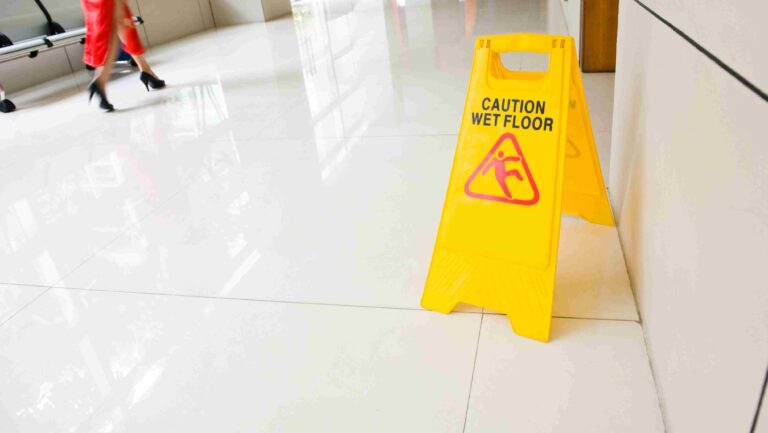This is the 1st post in our Summer Safety Series
The “kill zone” of a boat took another victim. In North Carolina a few weeks ago, a 16-year-old girl named Raven Little-White died from carbon monoxide poisoning while sitting on the back of a boat. We want to make sure all boaters know exactly what the “kill zone” of a boat is so they can take the proper precautions this summer.
Boaters have a responsibility to stay safe and ensure their passengers’ safety. They deal with the obvious dangers — navigating crowded waterways, and checking the boxes for the fire extinguisher, life-jackets and whistle.
However, many boaters are unaware of just how hazardous and toxic boat exhaust fumes can be. This unseen boating danger causes deaths on Texas lakes every year. The potential to pass out after inhaling toxic fumes and either slip away without a life jacket, or hit your head, fall in the water and drown is real. And it’s a danger that anyone who enjoys boating should be aware of.
How Dangerous is Boat Exhaust?
Larry Mann, of Spicewood Texas, was a passionate wakeboarder. He fell in love with the sport his first time out, and anyone entering his shop could see his passion in all of the home-made wakeboards on display. Mann had heard about proposed regulations in California a few years back that mentioned carbon monoxide emissions coming out of boats. Concerned, but not willing to do away with what he loved, Mann placed a carbon monoxide sensor behind a boat one day and realized there was a serious problem.
Larry’s intention was to set out the detector to see how dangerous exhaust fumes really could be. He suspected to find nothing, and to shrug off the West Coast-inspired call for a new law. Instead, within 30 seconds, he was able to confirm suspicions. Mann reported that some of the older boats emitted carbon monoxide at 10,000 parts per million. The odorless and tasteless gas was spewing out, acting as a silent killer.
Teen Dies From Carbon Monoxide at Lake Travis
The Travis County Medical Examiner also views carbon monoxide emissions from boats as a toxic death trap. The office revealed that carbon monoxide toxicity was a “significant” concern in the Lake Travis drowning of 15-year-old Sarah Pool. Pool wasn’t wearing a life jacket, but her two friends were. She was sitting on the boat’s back swim platform, and the next time her friends looked toward her, she was gone.
Before Pool’s disappearance, the boat she was on had been idling. A search team later found her body, and investigators turned over findings to the district attorney’s office in Travis County, which indicated the presence of carbon monoxide in her body.
Mitch Strobl, a boat safety instructor at Boat-Ed.com, warns boaters that they should absolutely never hang out on the back of a boat or be pulled close by a boat while it’s running. It only takes a moment to be knocked unconscious by the harmful fumes and end up in tragic danger.
How to Keep Your Family Safe on Texas Lakes
Anyone engaged in boating or other water sports should:
-
- Wear a life jacket
- Install and maintain a battery-powered CO detector
- Avoid sitting, swimming, standing or floating directly behind a boat, especially after the boat has been idling
-
- Review the CDC’s recommendations
- Know the symptoms of CO poisoning, and get someone showing these symptoms fresh air and medical attention IMMEDIATELY
- headache
- confusion
- fatigue
- seizure
- dizziness or loss of consciousness
- nausea
If you or someone you know has been injured in a boating accident, Patterson Law Group wants to hear your story. You can reach out to us by filling out our contact form. You’ll receive a free consultation to learn how we might be able to help you.





